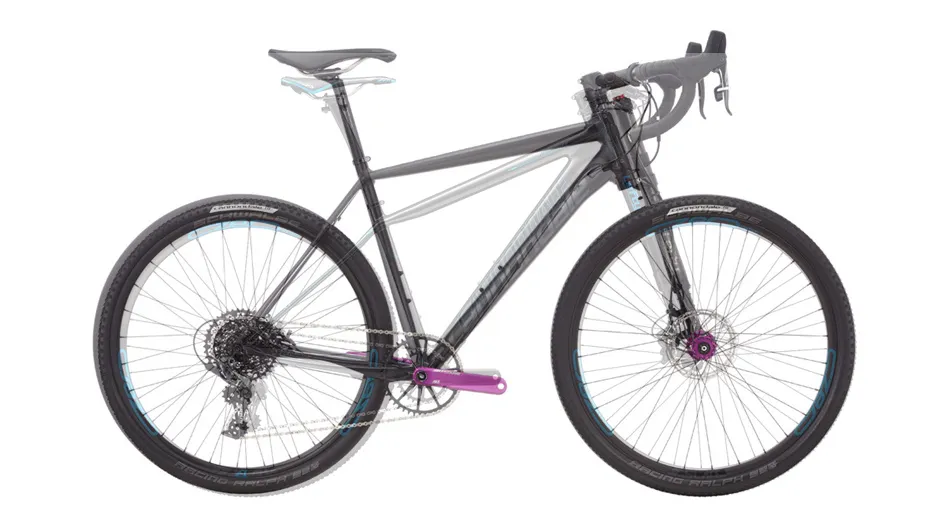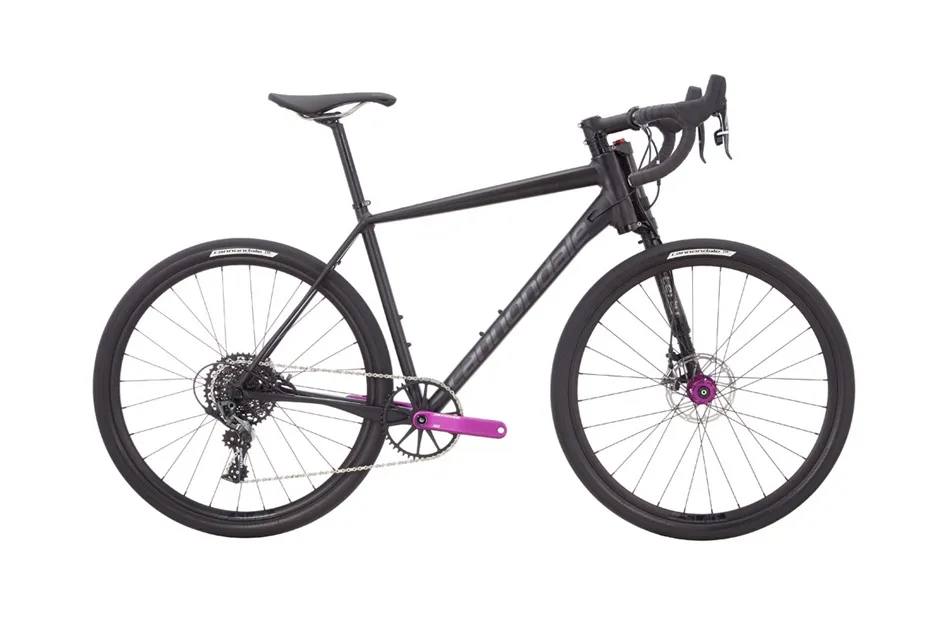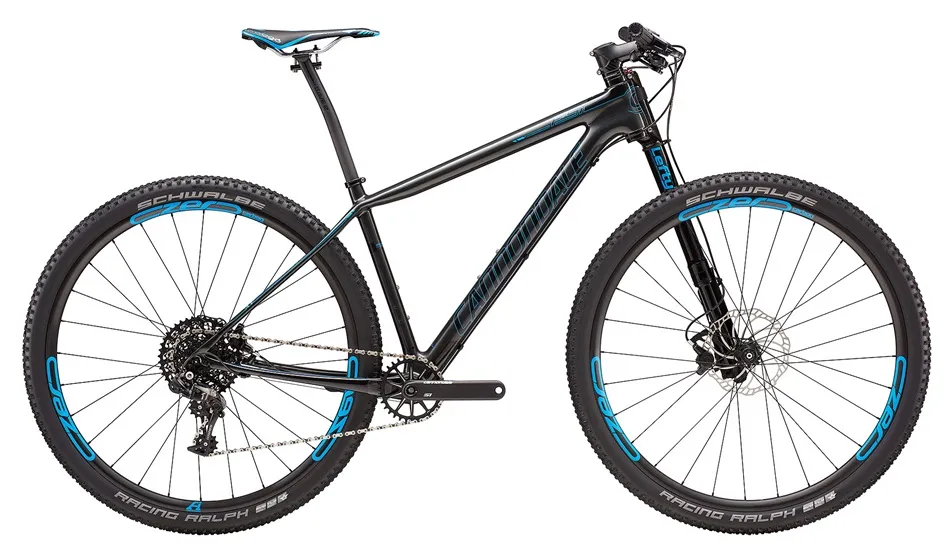Adventure road bikes have caught on big time here in the UK – there’s something about the extra versatility of these fat-tyred, disc brake machines that seems to have captured people’s imagination.
Yet as a mountain biker, it seems to me that these bikes are slowly but surely morphing into something familiar. In fact, every time I sift through a press release on this sort of bike its claims seem to bring on the déjà vu, and it’s not hard to see why.
Let's start with the frames, which are forever getting longer and slacker – where have we heard that before? Hydraulic disc brakes are becoming rapidly normalised (just like in the world of mountain bikes), single-ring drivetrains are appearing (yes, just like on mountain bikes), as are 650b wheels (okay, you get the idea).
Let’s take Cannondale’s Slate as a point of discussion. Here we have a bike that broke the mould when it first appeared this time last year. Rather than run with 700c wheels, the Slate comes with smaller 650b hoops, the rolling radius of which could then be raised through the use of portly 42mm rubber. Funnily enough, plenty of tough wheels already existed in that size thanks to a small thing they call mountain biking.
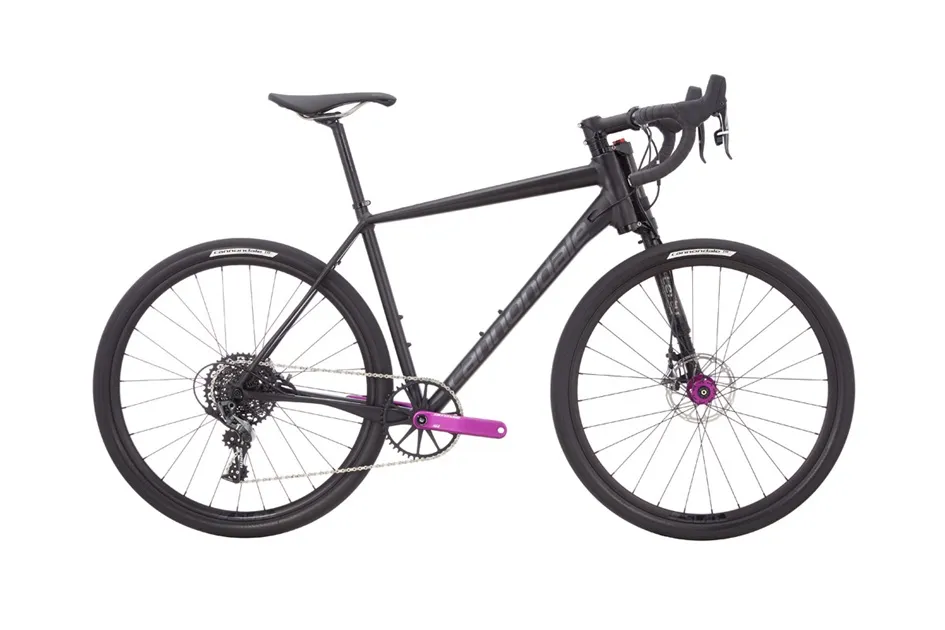
Up front there’s a dedicated Lefty suspension fork with 30mm of properly damped and adjustable suspension – undoubtedly the most technically advanced in this segment… and basically a modified version of what Cannondale has developed for decades now on its mountain bikes. If you've got the cash for the top-level Slate you also get a cyclocross-derived 1x transmission.
Now, take a look on over at an F-Si 1, a hardtail cross-country mountain bike from the same brand. For non-bike geeks, the Slate and F-Si would be difficult to distinguish from one another, the drop handlebar and colour differences being the only real giveaway.
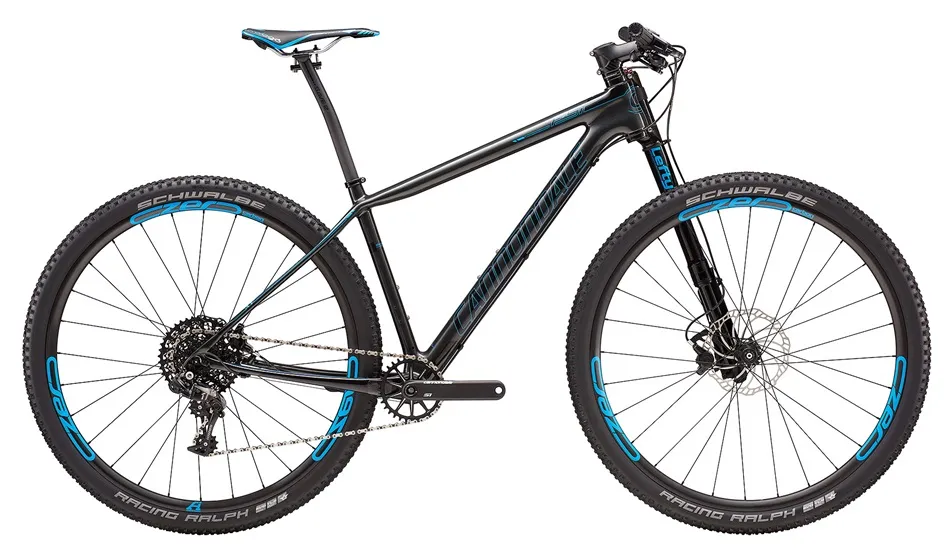
Delve into the geometry tables of both bikes and you'll find plenty of similarities. There's around two degrees of difference at the head angle of the frames, but that and a significantly taller bottom bracket height on the F-Si are both things you’d expect considering its Lefty fork offers 70mm more suspension travel than that of the Slate. Both bikes get a very similar seat angle although the F-Si is substantially longer in its top tube and wheelbase measurements. The brakes, transmission and even the wheels, despite being different sizes, should prove interchangeable.
What’s interesting is how these two different disciplines seem to move closer and closer with every new release. Take a look at the bike that 3T launched earlier this month, and how it can fit 2.1in tyres in its fork, for another glaring example.
It does make me wonder what's next, like when will the dropper posts arrive? (Oh no, wait, that happened.) Will we get to a point where road and mountain machines merge? At what point does a gravel bike become a cross-country bike with drop bars? Would getting a full-suspension bike of today, reducing its suspension travel and fitting a drop bar put you ahead of the curve?
Away from America’s enormous network of gravel paths (which we envy so badly), adventure bikes can still make a lot of sense here in the UK, and I wouldn't dissuade you from going for one. But let's stop pretending that any of this is actually new.
